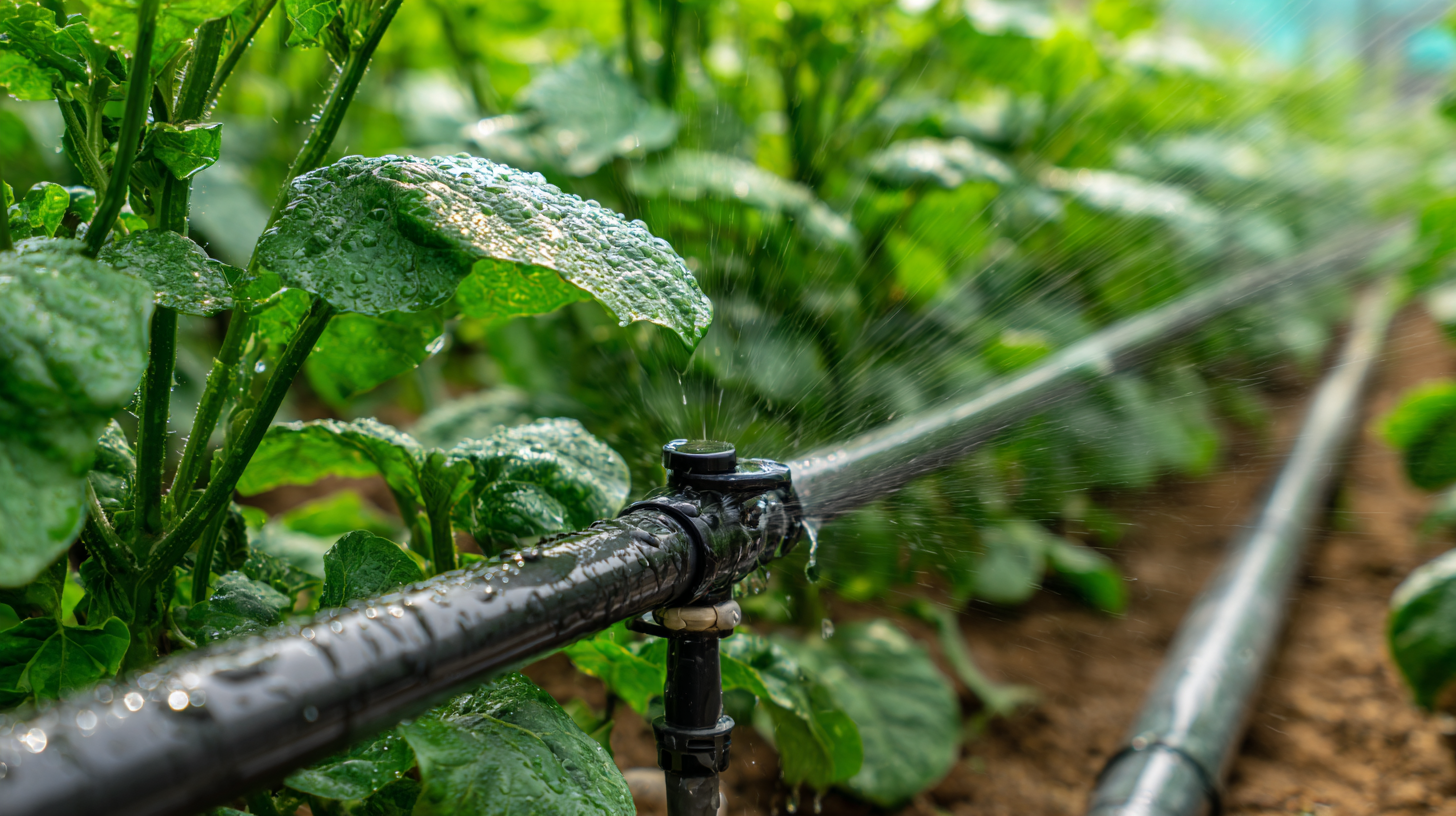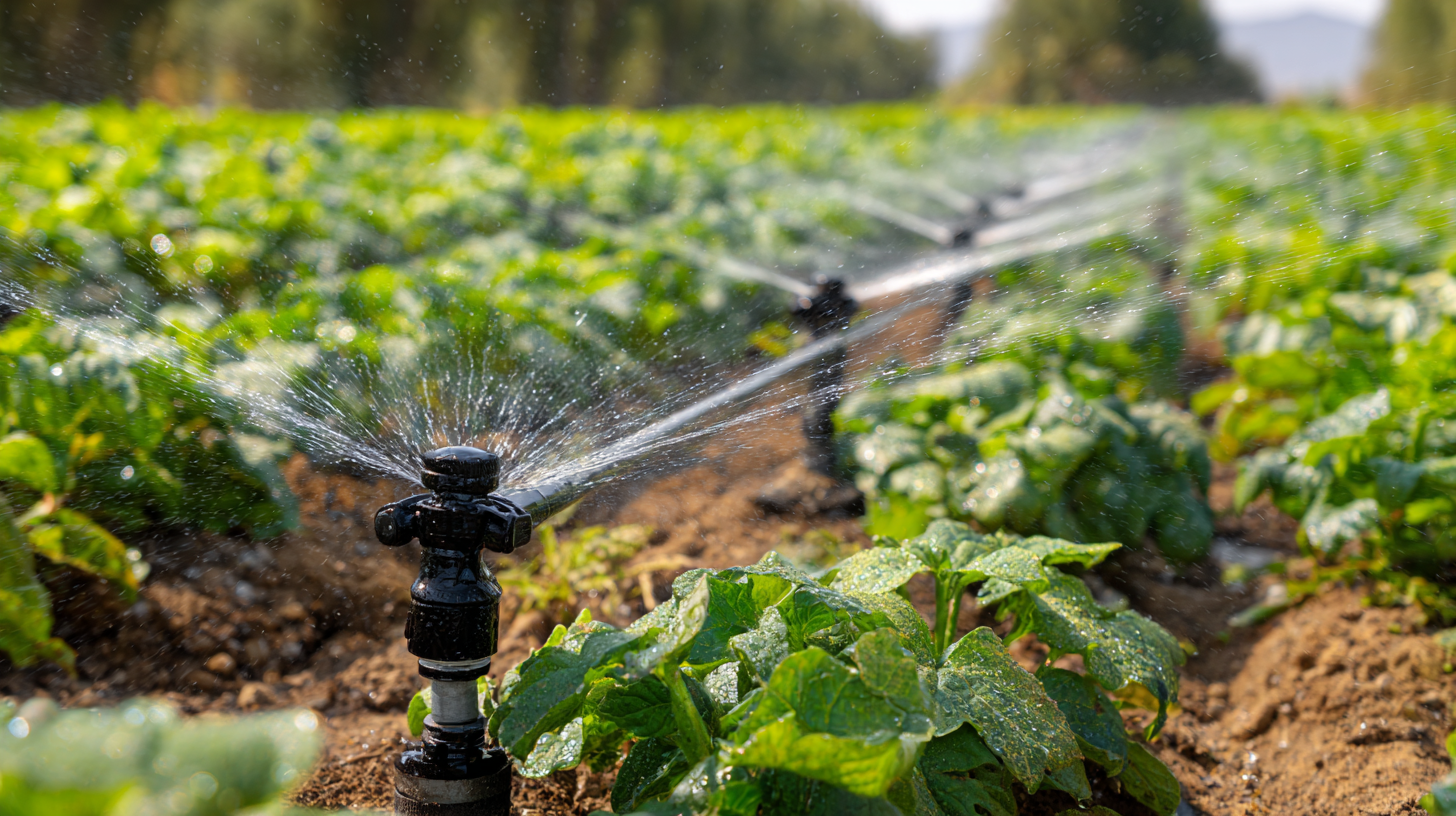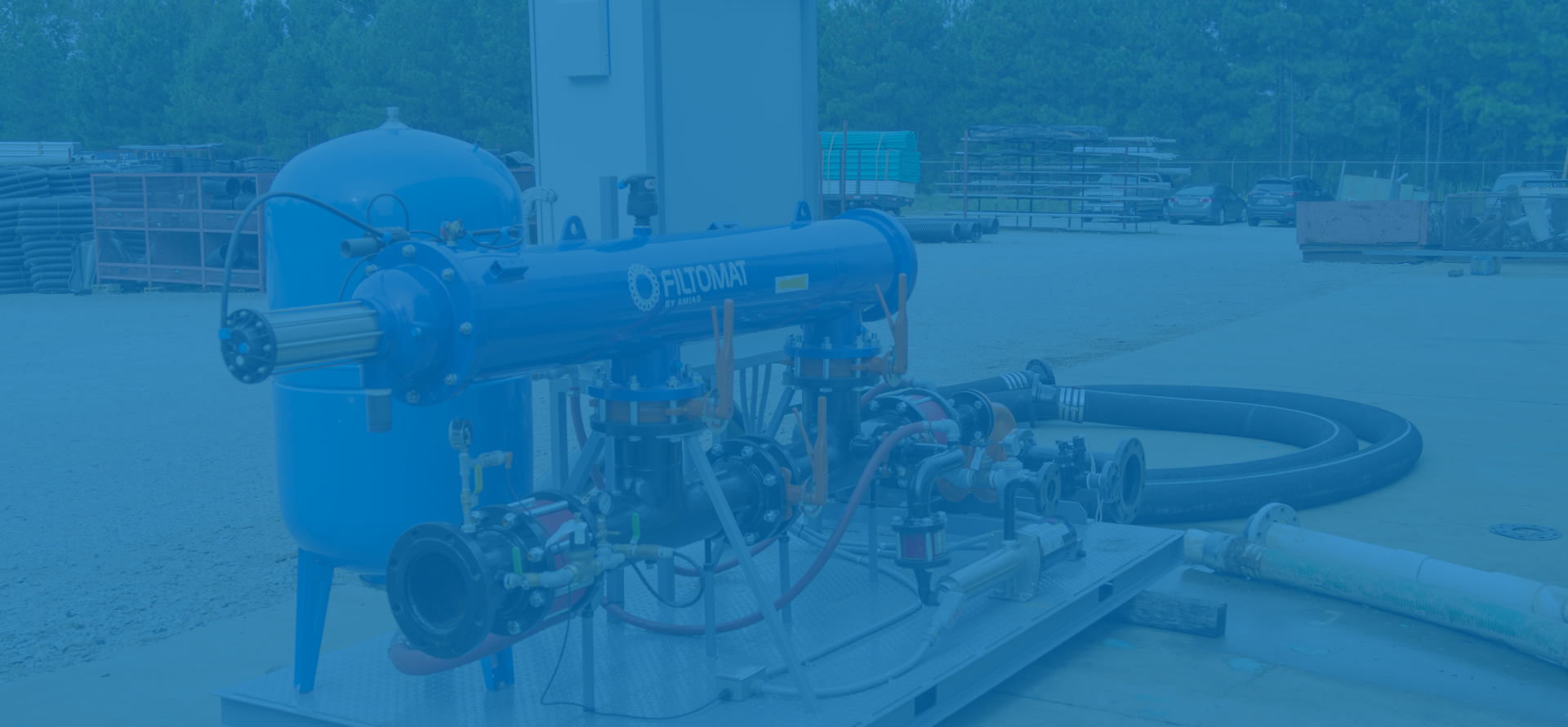Understanding the Most Effective Drip Irrigation Systems for Global Buyers
In recent years, the importance of efficient agricultural practices has taken center stage, particularly with the rise of water scarcity concerns across the globe. The drip irrigation system has emerged as a leading technology for optimizing water use in various agricultural settings. According to a report by Research and Markets, the global drip irrigation market was valued at approximately USD 4.48 billion in 2020 and is projected to reach USD 8.12 billion by 2026, growing at a CAGR of 10.67% during the forecast period. This growth underscores the increasing adoption of precision farming techniques and underscores the need to understand the most effective drip irrigation systems available. However, challenges persist, such as varying regional production standards and issues related to system maintenance and efficiency. As global buyers navigate the complexities of these systems, understanding the nuances of different technologies and practices becomes crucial for maximizing both yield and sustainability.

The Importance of Drip Irrigation in Modern Agriculture
 Drip irrigation has emerged as a vital technology in modern agriculture, significantly enhancing water efficiency and crop yield. As global temperatures rise and water scarcity becomes a pressing issue, adopting drip irrigation systems allows farmers to deliver precise amounts of water directly to the plant's roots. This method minimizes evaporation and runoff, ensuring that every drop counts. Furthermore, it can prevent the growth of weeds, as it targets specific planting areas rather than saturating entire fields.
Drip irrigation has emerged as a vital technology in modern agriculture, significantly enhancing water efficiency and crop yield. As global temperatures rise and water scarcity becomes a pressing issue, adopting drip irrigation systems allows farmers to deliver precise amounts of water directly to the plant's roots. This method minimizes evaporation and runoff, ensuring that every drop counts. Furthermore, it can prevent the growth of weeds, as it targets specific planting areas rather than saturating entire fields.
When considering the implementation of a drip irrigation system, it's essential to evaluate the specific needs of your crops. Tip 1: Take into account crop type and growth stage to determine the appropriate amount and timing of water application. This targeted approach not only conserves water but also fosters healthier plants. Tip 2: Regular maintenance of the drip lines is crucial. Clogged emitters can dramatically reduce water flow, so inspect and clean the system periodically to ensure optimal performance.
Investing in advanced technology for monitoring soil moisture can further enhance the efficiency of your system. Tip 3: Consider integrating sensors that provide real-time data, allowing for adjustments that align irrigation schedules with current environmental conditions. By prioritizing precision and sustainability, farmers can maximize their productivity while contributing to water conservation efforts on a larger scale.
Key Components of Effective Drip Irrigation Systems
Drip irrigation systems have become an essential tool for agricultural efficiency, particularly in regions prone to water scarcity. According to a report by the Food and Agriculture Organization (FAO), drip irrigation can result in water savings of up to 75% compared to traditional flood irrigation methods. This significant reduction not only conserves precious water resources but also enhances crop yields, particularly in arid and semi-arid climates. Key components of effective drip irrigation systems include drip lines or tubes, emitters, filters, and pressure regulators, all of which must be selected based on specific crop requirements and soil conditions.
The choice of emitters is critical, as they directly influence the system's overall efficiency. Emitters that deliver water at a consistent rate help ensure that crops receive uniform moisture, which is vital for optimal growth. Additionally, the integration of filtration systems is essential to prevent clogging, a common issue that can disrupt water flow and impact plant health. Studies from the International Water Management Institute indicate that farms utilizing well-designed drip systems can achieve up to 30% higher productivity than those using conventional irrigation methods. Adopting these components strategically can lead to more sustainable farming practices and increased resilience against climatic challenges.
Understanding the Most Effective Drip Irrigation Systems for Global Buyers
| Component | Description | Importance | Common Materials |
|---|---|---|---|
| Drip Emitters | Devices that release water directly to the plant's root zone | Critical for efficient water usage and plant health | Plastic, PVC, and ceramic |
| Mainline Tubing | Large tubing that carries water from the source to the sub-main lines | Supports the overall irrigation system by maintaining pressure | PVC, PE, HDPE |
| Sub-main Tubing | Connects the mainline to the lateral lines | Distributes water effectively across different areas | PE, HDPE |
| Lateral Lines | Smaller tubes delivering water directly to plants | Ensures targeted irrigation based on crop needs | Polyethylene, PVC |
| Filtration System | Removes debris and impurities from water | Prevents clogging of emitters and enhances system longevity | Sand, disc, screen filters |
| Pressure Regulator | Maintains consistent water pressure throughout the system | Ensures proper emitter functioning and prevents water wastage | Plastic, brass |
| Timers and Controllers | Automates irrigation scheduling according to needs | Promotes efficient water usage and labor savings | Digital components, electronics |
Comparative Analysis of Global Drip Irrigation Technologies
 Drip irrigation is a crucial technology for efficient water management in agriculture, especially in water-scarce regions. As global buyers seek to enhance their irrigation practices, a comparative analysis of various drip irrigation systems reveals significant differences in technology, performance, and suitability. For instance, Netafim’s flexibility in design allows customization to meet specific crop needs, while Jain Irrigation focuses on robust, long-lasting materials that withstand harsh environmental conditions. These distinctions can greatly influence a farmer's choice depending on their local climate and soil types.
Drip irrigation is a crucial technology for efficient water management in agriculture, especially in water-scarce regions. As global buyers seek to enhance their irrigation practices, a comparative analysis of various drip irrigation systems reveals significant differences in technology, performance, and suitability. For instance, Netafim’s flexibility in design allows customization to meet specific crop needs, while Jain Irrigation focuses on robust, long-lasting materials that withstand harsh environmental conditions. These distinctions can greatly influence a farmer's choice depending on their local climate and soil types.
Moreover, the integration of smart technology into drip irrigation systems is revolutionizing water conservation efforts. Products such as Toro's intelligent irrigation system utilize sensors and data analysis to optimize water delivery, reducing waste and improving crop yields. On the other hand, traditional systems, while effective, may lack these advanced features. Buyers must weigh the benefits of modern technology against costs and maintenance when selecting a system that best meets their agricultural demands. As the market continues to evolve, understanding these differences is key for global buyers aiming to invest wisely in drip irrigation solutions.
Quality Assurance in Chinese-Manufactured Drip Irrigation Products
When it comes to drip irrigation systems, Chinese manufacturers have carved a niche for themselves by providing quality products that meet the diverse needs of global buyers. The emphasis on quality assurance is paramount, as these systems play a crucial role in conserving water and enhancing agricultural productivity. Many manufacturers adhere to international standards, ensuring their drip irrigation products undergo rigorous testing and certification processes. This commitment to quality is what sets them apart in an increasingly competitive market.
Chinese manufacturers leverage advanced technology and best practices in production, which contribute to the durability and efficiency of their drip irrigation systems. Regular inspections and quality checks are integral to the manufacturing process, helping to minimize defects and ensure that the products perform as intended in various agricultural settings. Buyers can feel confident knowing that these manufacturers prioritize not only the quality of their products but also the sustainability and long-term benefits that good irrigation practices offer to global agriculture.
Sustainable Practices and Innovations in Drip Irrigation
Drip irrigation has emerged as a leading method for sustainable agricultural practices, especially in water-scarce regions. According to a report by the Food and Agriculture Organization (FAO), drip irrigation systems can reduce water consumption by up to 60% compared to traditional irrigation methods, making it crucial for optimizing water resources. This precision irrigation technique delivers water directly to the plant roots, significantly decreasing evaporation and runoff, which not only conserves water but also enhances crop yields.
Innovation in drip irrigation technology further promotes sustainability. For instance, the introduction of smart irrigation systems, which utilize sensors and data analytics, allows farmers to monitor soil moisture levels in real-time. A study published in the Journal of Irrigation and Drainage Engineering highlighted that such systems could increase water use efficiency by 30%, leading to higher productivity without additional water burden on the environment. These advancements exemplify how integrating technology with sustainable practices can create more resilient agricultural systems that benefit both global buyers and the environment.
Stay Connected
Sign up today to keep up with the newest information from one of the Southeast’s leading suppliers of fluid handling equipment!








